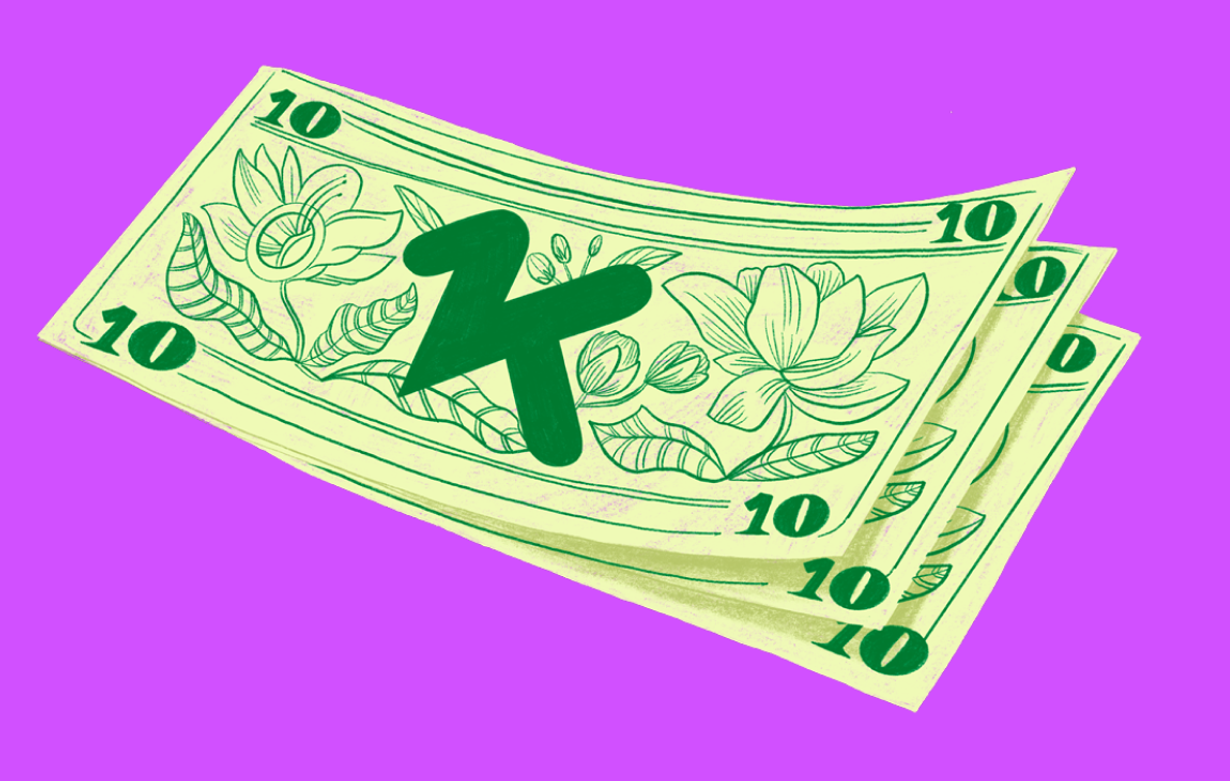
The cash stuffing trend blew up on TikTok, but it's not new. People have used this method (also called the cash envelope system) for decades.
We’ll show you how cash stuffing works and how to start this month.
What is cash stuffing?
Cash stuffing (or the envelope system) is a simple way to budget. You divide your money into envelopes for different expenses.
Here's how it works: Get some envelopes and label each one - groceries, rent, bills, whatever you spend on. Then put the cash you've budgeted for each category in its envelope.
Most people do this monthly with real cash and paper envelopes. But you can also go digital with spreadsheets or apps like Goodbudget and Qube Money.
How the cash envelope system works
Cash stuffing is simple but needs some planning. Here's how to start:
1. Make a Basic Budget
First, figure out where your money should go. You might try the 50/30/20 approach:
50% for needs (rent, groceries)
30% for wants (eating out, movies)
20% for savings and paying off debt
For example, if you take home $3,500 monthly:
Needs: $1,750
Wants: $1,050
Savings/debt: $700
But feel free to adjust these numbers to fit your life.
2. Set Up Your Envelopes
Create categories that make sense for you. You can be broad ("going out") or specific ("movies," "restaurants").
Label each envelope and put the right amount of cash in each one. That's the "stuffing" part.
3. Stick to Your Envelopes
When you buy something, only use money from the matching envelope. Buy a $5 coffee? Take it from your "coffee" envelope. When the envelope's empty, you're done spending in that category till next payday.
Refill your envelopes when you get paid.
The good part about the cash envelope system
No overdraft fees or credit card debt
You see exactly what you have left to spend
Using cash creates a stronger connection to your money
Studies show people spend less with cash than cards
The bad part about the cash envelope system
Bank trips take time
Carrying cash can be risky
No credit card rewards or protection
Put your savings in a bank account, not an envelope
What about online payments?
Cash stuffing works best for in-person shopping - groceries, restaurants, haircuts and such.
For online stuff, you can still use the system with a few tweaks:
Write your budget amount on the envelope
Keep track of what you spend online
Jot down each purchase on the back of the envelope (like balancing a checkbook)
Don't spend more than what's written down
It's not as simple as handing over cash, but it still helps you stick to your limits.
For online stuff, you can still use the system with a few tweaks, or use KOHO's virtual credit card that can help you personalize your saving goals.
What if I run out of money in my cash envelope?
When your envelope goes empty before month's end, it's tempting to "borrow" from other categories. Try not to.
The whole point of cash stuffing is to control spending and stick to your budget. If your restaurant envelope is empty, that's your cue to eat those leftovers in the fridge instead of ordering tacos.
Gas money running low? Time to get creative - carpool, combine errands into one trip, or maybe walk when possible. Find ways to stretch what's left.
And don't wait until your envelope is completely empty to start worrying. Keep an eye on what's left and plan ahead. If you see you're spending too quickly, slow down. This helps you spread your spending across the whole month instead of blowing through it all in the first week.
Empty envelopes aren't failures - they're learning opportunities. Next month, you might need to budget more for certain categories or find ways to spend less in others.
What about emergencies?
Sometimes life throws you a curveball mid-month and you need cash you didn't plan for. If you have no choice but to move money between envelopes, be thoughtful about it.
If you're married, sit down with your partner first. This needs to be a team decision. Single? Talk it through with someone who knows your money goals and will give you honest feedback. Don't just raid your other envelopes for every unexpected expense.
This is where having some emergency savings really pays off. If you don't already have at least $1,000 set aside for surprises, make that your next financial goal. That way, when the car breaks down or the dog needs a vet visit, you won't have to mess with your budget system.
Real emergencies happen. Just be honest with yourself about what's truly urgent versus what can wait until next month.
This is where having some emergency savings really pays off. KOHO accounts can help you build this emergency fund right in the app.
Who should try this?
This works well if you're new to budgeting or tend to spend on impulse. It's hands-on and helps you track your money better.

About the author
Courtney is a professional writer, editor and financial literacy enthusiast. You can find her writing on CNET, Investopedia, The Motley Fool, Yahoo Finance, MSN and The Balance. She spends her free time exploring different cities across the globe or enjoy some downtime with her two cats and one dog.
Read more about this author